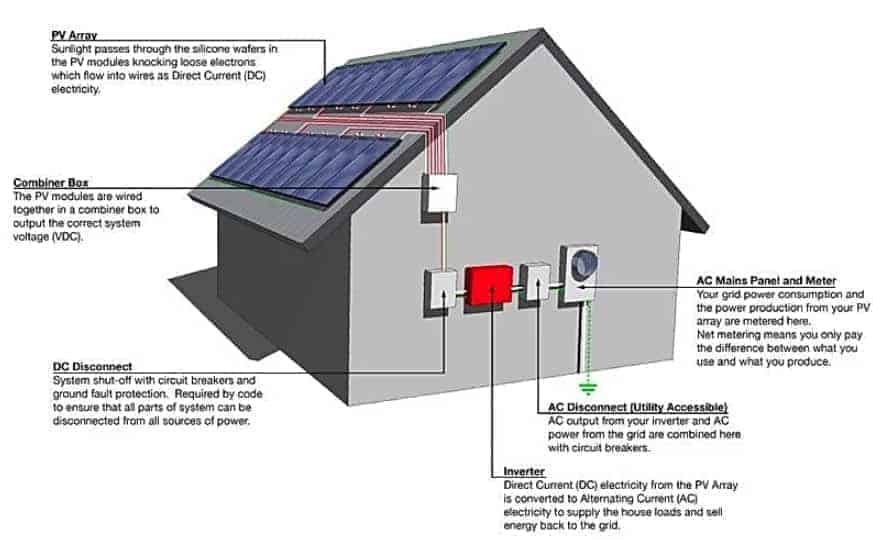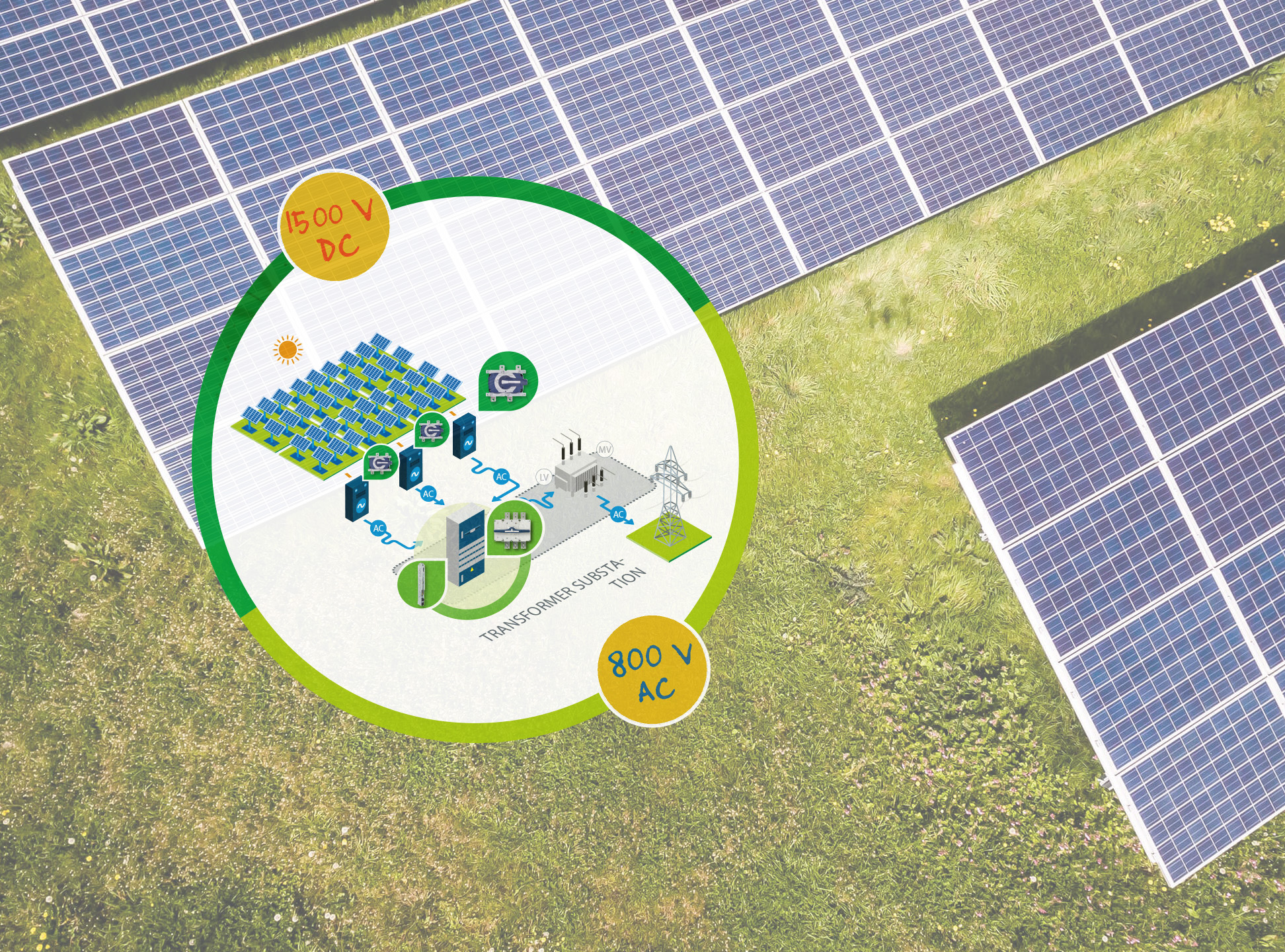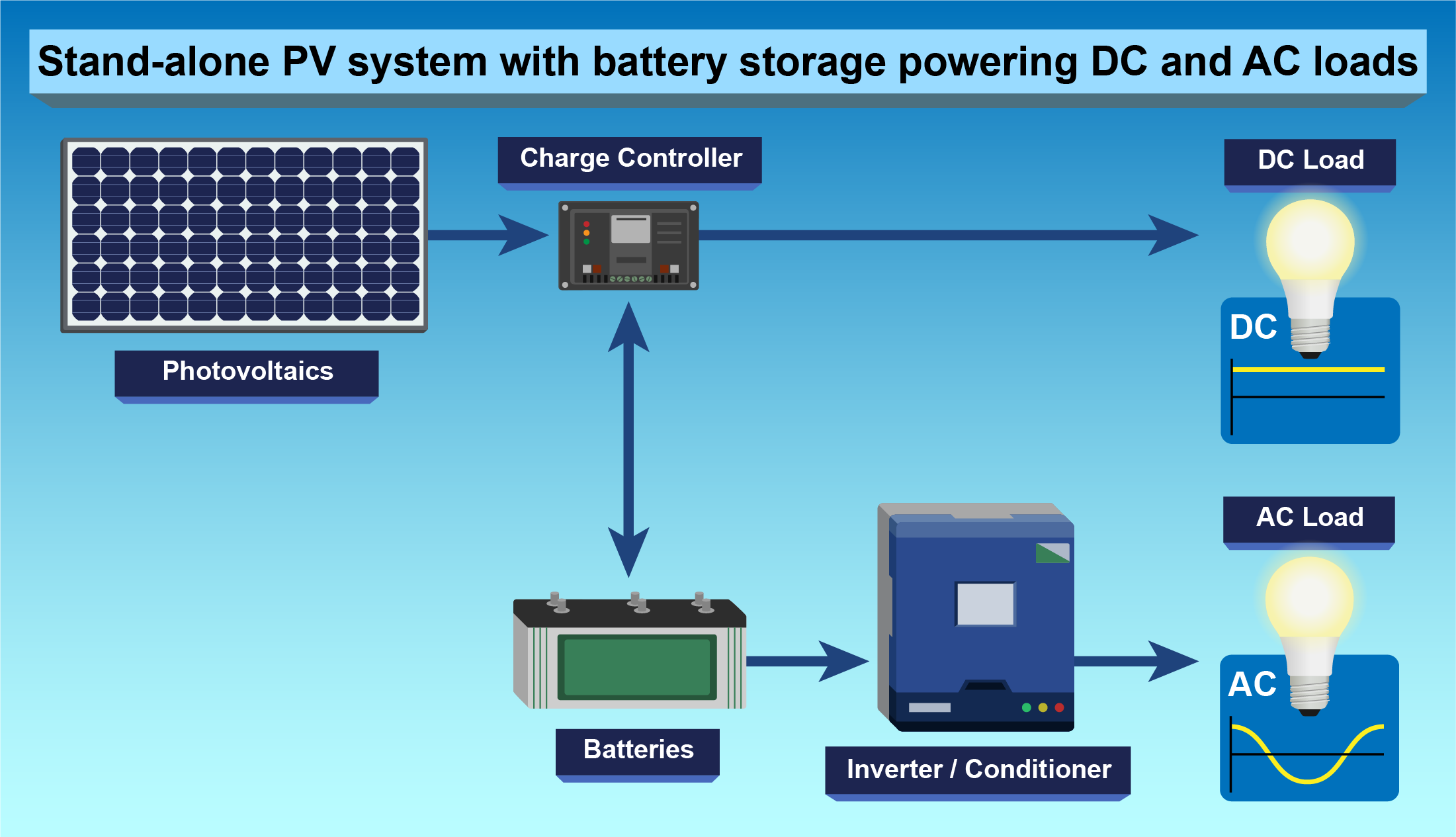Solar power is no longer a thing of the future; it’s the present. Everywhere you look, rooftops are glinting in the sunlight, flaunting their shiny solar panels like badges of eco-friendly honor. If you’re considering hopping aboard the renewable energy bandwagon, chances are you’ve encountered one critical question: “Is photovoltaic AC or DC?”
At first glance, this might sound like one of those high-school physics dilemmas that you’d rather not revisit. But don’t worry—understanding whether photovoltaic (PV) systems generate AC or DC electricity isn’t as intimidating as it seems. In fact, it’s a vital piece of knowledge for anyone exploring solar energy. Why? Because this distinction plays a huge role in how solar systems are designed, how they connect to the grid, and how they power your home.

What Does AC and DC Mean in Electricity?
Let’s take a quick trip back to the basics of electricity—don’t worry, no pop quizzes here. To answer the question, “Is photovoltaic AC or DC?” it’s essential to understand what AC and DC electricity actually are, and why they matter in the grand scheme of powering our lives.
What is AC (Alternating Current)?
Alternating current, or AC, is the type of electricity that powers most of the world, including your home. Why is it called “alternating”? Because the electric current changes direction periodically, flowing back and forth in a sine wave pattern. This alternation allows AC electricity to travel long distances without significant energy loss. That’s why it’s the go-to for power grids.
Fun Fact: Nikola Tesla, the genius inventor, championed AC power. It won the “War of Currents” against Thomas Edison’s DC system because of its efficiency in long-distance transmission. (And yes, Tesla the car is named after him!)
AC electricity is what powers everything from your refrigerator and TV to your beloved coffee maker. If you’ve ever plugged anything into a wall socket, congratulations—you’ve used AC power!
What is DC (Direct Current)?
Now, let’s talk about DC, or direct current. Unlike AC, DC electricity flows in a straight line, moving in one direction only. Imagine water flowing through a pipe—it’s steady, consistent, and doesn’t flip-flop like AC.
DC is the type of electricity stored in batteries, making it the backbone of portable electronics like your smartphone, laptop, or electric vehicle. While it’s less suited for long-distance transmission, DC is incredibly efficient for powering devices directly, which makes it a key player in solar energy systems.
A Quick Comparison of AC vs. DC:
| Feature | AC (Alternating Current) | DC (Direct Current) |
|---|---|---|
| Direction of Flow | Alternates periodically | Flows in one direction |
| Ideal For | Long-distance transmission | Batteries, electronics |
| Efficiency Over Distance | High | Low |
| Common Applications | Home appliances, power grids | Solar panels, EVs, gadgets |
Why Does This Matter for Solar Energy?
Here’s the kicker: solar panels generate DC electricity. But your home runs on AC. This creates a conundrum—how do you connect the dots between DC and AC? That’s where inverters come into play, a piece of the solar energy puzzle we’ll discuss in depth later.
By understanding AC and DC, you’ll see why solar energy systems are designed the way they are and how the magic happens to power your home.

How Do Photovoltaic Systems Work?
Now that we’ve got a grasp of AC and DC electricity, let’s focus on how photovoltaic (PV) systems actually generate power. If you’ve ever wondered how sunlight gets turned into electricity that can brew your coffee or charge your laptop, you’re about to find out. Spoiler alert: It’s all about DC power!
The Role of Solar Panels
At the heart of any photovoltaic system are solar panels. These panels are made up of solar cells, typically constructed from silicon. When sunlight (made of photons) hits the surface of these cells, it kicks off a fascinating process called the photovoltaic effect. This effect generates an electric current as electrons in the solar cells start moving.
Here’s the key detail: The electricity that solar panels produce is direct current (DC). That’s because the photovoltaic effect naturally generates electricity that flows in one consistent direction. So, if you’re asking “Is photovoltaic AC or DC?”, this is where we shout from the rooftops: It’s DC!
Breaking Down the PV System Workflow:
Let’s simplify how the electricity flows:
- Solar Panels: These capture sunlight and convert it into DC electricity.
- Inverter: Since most homes and the power grid use AC electricity, an inverter is used to convert DC into AC. (We’ll cover inverters more deeply in the next section.)
- Distribution: The AC electricity is either used directly in your home or fed into the power grid if you’re producing more than you consume.
Why Do Solar Panels Produce DC Electricity?
There’s no technological conspiracy behind this—it’s just physics. Solar panels use semiconductors (like silicon) to harvest energy from sunlight, and this process naturally produces a unidirectional flow of electrons, which we know as DC power.
Advantages of DC Power in Solar Panels:
- Simplicity of Design: Solar panels are built to optimize direct energy transfer.
- Efficiency with Storage: DC is ideal for charging batteries, like the ones used in solar storage systems (think Tesla Powerwalls).
What Happens to the DC Electricity?
Here’s where things get interesting. DC electricity is great for powering certain things like batteries or small electronics, but most modern homes, appliances, and power grids run on AC electricity. Why? It’s all about long-distance transmission and standardization, which we’ll explore further.
To make the electricity from your solar panels compatible with the AC appliances in your home, it needs to be converted from DC to AC. This brings us to the next vital piece of the puzzle: the solar inverter.

Why Is Photovoltaic DC?
At this point, you know that solar panels produce DC electricity. But you might still be wondering—why DC? Why didn’t the brilliant minds behind solar technology design panels to generate AC electricity from the start? The answer lies in the physics of the photovoltaic effect, as well as the practical advantages of direct current in solar power systems. Let’s break it down.
The Science Behind DC in Solar Panels
To understand why photovoltaic systems generate DC, we need to dive into the microscopic world of solar cells. Each solar cell is made of layers of semiconductor material, typically silicon. These layers are treated to create a positive side (P-type) and a negative side (N-type).
When sunlight hits the solar cell, the photons from the sunlight knock electrons loose from their atoms in the silicon. Thanks to the positive and negative layers, these electrons are naturally guided in a single direction, creating a steady flow of electricity. This one-way movement is the hallmark of direct current (DC).
AC electricity, by contrast, requires a mechanism to continuously reverse the direction of electron flow, which doesn’t occur naturally in the photovoltaic effect. So, solar panels stick to DC because it’s simpler, more efficient, and perfectly suited for how sunlight interacts with semiconductors.
Why DC Power Works Well with Solar Energy Systems
Beyond the science, DC electricity has several practical benefits that make it the ideal choice for photovoltaic systems:
- Compatibility with Batteries
If you’re using a solar battery system to store energy, DC is the way to go. Batteries—whether they’re in your phone, car, or home energy system—are designed to store and discharge electricity as direct current. By producing DC power, solar panels can seamlessly charge batteries without the need for extra conversions, making the process more efficient. - Efficient Energy Generation
The simplicity of DC electricity generation in solar panels minimizes energy losses during production. Think of it like this: DC power flows smoothly, like water down a straight pipe, while AC power would need extra mechanisms to alternate the flow back and forth. - Perfect for Off-Grid Systems
For off-grid solar setups, where energy is often stored in batteries and used to power DC devices, there’s no need to convert the electricity to AC. This makes DC electricity a more natural fit, reducing costs and improving overall system efficiency.
So, Why Don’t Homes Use DC Instead of AC?
If DC works so well with solar panels, why do most homes and appliances rely on AC electricity? The answer lies in history and infrastructure. AC electricity became the standard in the late 19th century because it’s more efficient for transmitting power over long distances. Since then, our entire power grid and appliance ecosystem have been built around AC.
While there’s been growing interest in DC microgrids—especially in the context of solar energy—it would take a monumental effort to overhaul existing infrastructure. For now, that means solar energy systems need to bridge the gap between their natural DC production and our AC-powered world.

Why Do Homes and Grids Use AC Electricity?
If solar panels naturally generate DC electricity, why has the world gone all-in on AC for powering homes and the grid? This is one of the most critical questions in the “Is photovoltaic AC or DC?” discussion, and the answer lies in a mix of science, practicality, and history. Let’s explore how AC became the dominant form of electricity and why it’s still the standard for grids and homes today.
AC’s Advantage for Long-Distance Transmission
The main reason AC electricity won the “War of Currents” in the late 1800s comes down to its ability to travel long distances more efficiently than DC. AC electricity can easily have its voltage stepped up or down using a transformer, which is crucial for power transmission.
Here’s why this matters:
- Higher Voltage = Lower Losses: When electricity travels through power lines, some of it is lost as heat. By increasing the voltage and decreasing the current, these losses are minimized. AC electricity can easily be “stepped up” to high voltages (tens of thousands of volts) for long-distance transmission and then “stepped down” to safer levels for home use.
- Scalable Infrastructure: This scalability made AC ideal for the sprawling electric grids that were being built in the 20th century. DC systems, by contrast, required power stations to be located much closer to where the electricity was used, which wasn’t practical for growing cities.
Why Homes Use AC Power
Once AC became the standard for power grids, it only made sense for homes and appliances to adopt it as well. As electricity became widespread, manufacturers designed everything from light bulbs to refrigerators to work with AC. This created a feedback loop where AC-powered devices reinforced AC’s dominance.
Key reasons homes use AC:
- Standardization: Appliances, outlets, and grid infrastructure were all designed around AC electricity, creating a universal system.
- Compatibility with the Grid: Since the grid delivers AC electricity, it’s more efficient to directly use that form of power in homes without requiring conversion.
- Ease of Voltage Adjustment: AC systems allow for the use of circuit breakers and transformers to ensure safe, consistent electricity delivery to homes.
The Legacy of the War of Currents
The battle between AC and DC was one of the most famous tech rivalries in history. On one side, Thomas Edison championed DC power, arguing that it was safer and simpler. On the other, Nikola Tesla and George Westinghouse promoted AC as the superior choice for building large-scale power networks.
Ultimately, AC won the battle because of its efficiency in long-distance transmission. However, with the rise of solar power and other modern technologies, DC is making a quiet comeback in certain applications, such as solar battery storage systems and electric vehicles.
How Does This Relate to Photovoltaic Systems?
Although your solar panels generate DC electricity, the grid and your home are wired for AC. This is why solar inverters are such a critical component of photovoltaic systems—they act as the middleman, converting DC electricity into the AC power that your appliances can use.
Think of it like this: Your solar panels are speaking one language (DC), but your home and the grid only understand another language (AC). The inverter is the translator, making sure everything communicates smoothly.